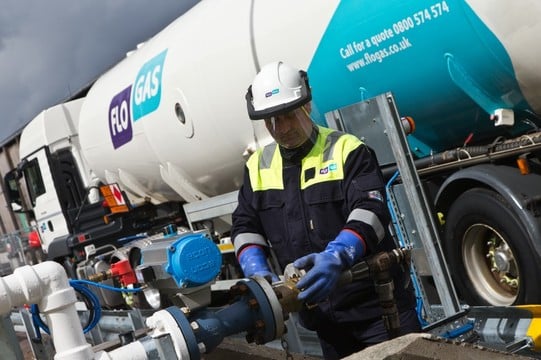Joining the Microbrewery Revolution
In 2017, the craft beer industry here in the UK grew by a colossal 23 per cent. Obviously, due to the impending fear and the intensified uncertainty surrounding Brexit and the future of the country, lots of markets have felt the pinch, however, the craft beer industry certainly hasn’t joined that club, boasting only positives in recent years.
6.5 per cent of all beers sold in the UK are believed to be owing to the craft beer movement and this is thanks to a tax break which was allowed by the UK government back in 2002. The tax break, which allowed micro-breweries producing less than 5,000 hectolitres to pay 50 per cent less than larger brewers, has helped see an increase in the number of breweries, reaching 2,000 since the first time before the Second World War.
The question is, how do you get involved in such a booming revolution?
Come well equipped
Determination and a wonderful recipe, as tragic as it is, will not simply translate into thousands of sales. We’ve all heard the statistic that half of new businesses fail within their first year and microbreweries are no different. The industry in itself can be a particularly tough nut to crack, however, one way of paving a path for success, is by ensuring that you have the right equipment in place. Unsurprisingly, one of the biggest components of the brewing process is the mash system. This is commonly made up of six different features:
- Mash tank – steeps barley into hot water and converts grain starches into fermentable sugars
- Lauter tun – separates the wort (or liquid) from the solids of the mash (much like a sieve)
- Steam generator – heats the kettle, which is then brought to a controlled temperature before the hops are added
- Malt mill – crushes the grain in preparation for brewing
- Wort Pump – re-circulates the mash for a higher efficiency, enhancing the clarity and quality of the brew
- Plate Heat Exchanger/Wort Chiller – quickly cools the hot wort ready for fermentation
This mashing system completes just one stage in the brewing process. On top of this, there are five different stages, which each require their own equipment — no one said it would be easy. You will require a fermentation system (the stage which includes adding yeast to turn the product into alcohol), a cooling system (that helps prevent the growth of bacteria and further store the beer once it’s been brewed), a filtering system (that helps to remove any grain, essential when producing high quality product), and, finally, the sterilisation system.
Fuelling the foam
When it comes to opening a microbrewery, much like any other new business, one of the most crucial aspects to success is cost-cutting. Finding a reliable and cost-efficient energy supply can be tricky, however, without it, you will simply compound any other difficulties and pressures which the business throws your way. LPG (liquefied petroleum gas) is not only cheaper than other fossil fuel alternatives, it is also the most efficient, and more importantly, the cleanest. The fact that LPG has the lowest CO2 emissions of any fossil fuel, means if you were to fuel your beer with it, you would also have significantly lower carbon footprint than competitors.

Inside the glass
Obviously, a strong business acumen will ensure that the technical side of your microbrewery performs, however, the recipe also need to tick all the right boxes as well, because, if it’s not drinkable, it’s not drinkable! There are a whole host of craft beer variations, including IPAs, Pale Ales, and Porters, and the ingredients and brewing process are what help to distinguish these great flavours. The key components, however, are:
- Yeast – starting of as what is basically a fungus, yeast engulfs the sugar developed within the malting process. Alcohol is the byproduct created through this process, through allowing it to ferment and feed of the sugar
- Hops — ultimately, hops are the reason why each beer tastes different. There are around 170 different variations of hops, each offering their own distinctive flavour when entered into the brewing process
- Water — hard and soft water affect the texture of your clothes when washed, but it also affects the taste of your beer when brewed. Considering 90 per cent of your beer is actually water, it is understandable why the humble liquid boasts so much importance
- Barley — much of your alcohol percentage level depends on the barley, as does the aroma and taste of your beer
If you are considering setting up your own microbrewery and would like further advice in terms of a reliable energy supply, contact us today.


